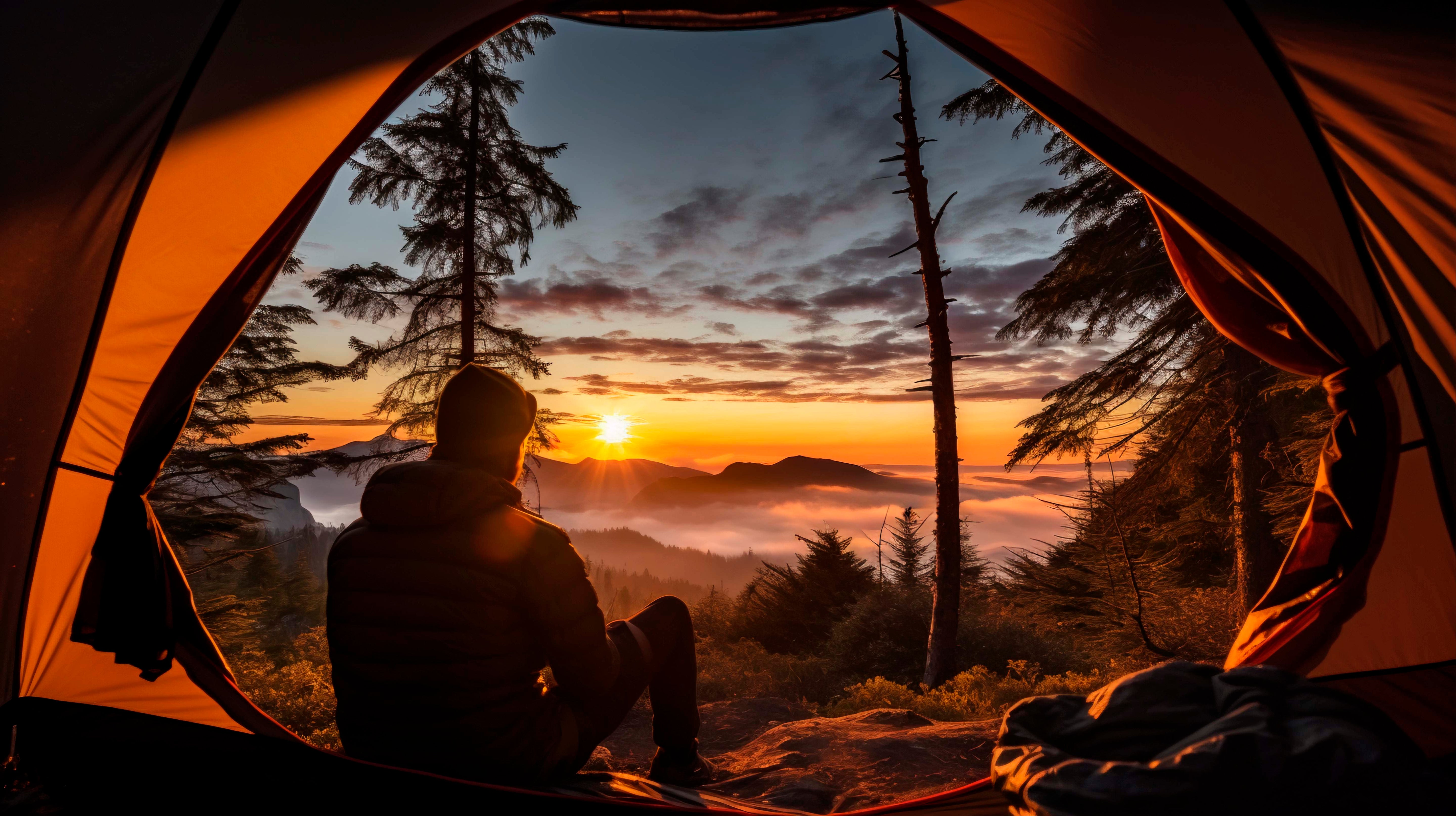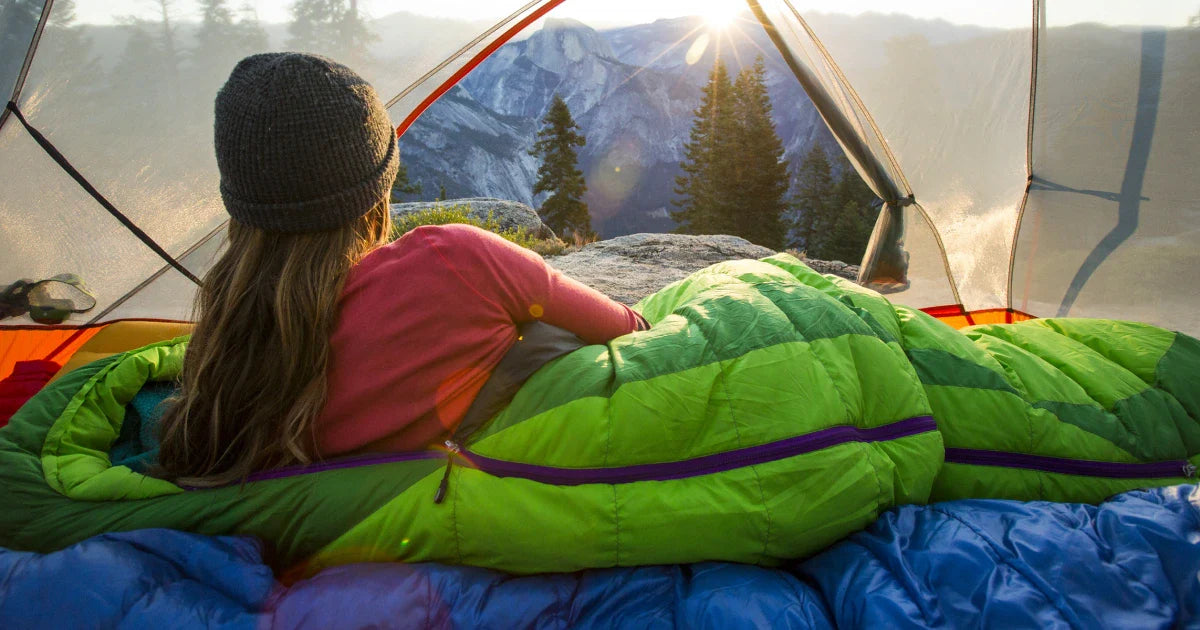
The Outdoor Chef’s Secret Weapon: Why Your Gas Stove and Cookware Make or Break Every Adventure
You’ve spent months planning the perfect backcountry trip. Your gear is lightweight, your route is mapped, and your meals are carefully planned. But as dusk settles over the campsite, you realize your stove won’t stay lit in the wind, your pot scorches dinner, and you’re left eating lukewarm instant noodles—again.
This scenario is far too common, and it all comes down to one overlooked truth: Your gas stove and cookware aren’t just tools—they’re the foundation of every great outdoor experience.
At Trekker Essentials, we’ve tested hundreds of stoves and cookware sets in real-world conditions—from high-altitude expeditions to weekend car camps. Here’s what we’ve learned about why these choices matter more than you think, and how to pick the perfect set for your next adventure.
Why Your Stove Choice Matters More Than You Think
A reliable stove isn’t just about boiling water—it’s about safety, efficiency, and even morale after a long day on the trail.
1. Fuel Efficiency: The Difference Between a Hot Meal and a Cold Night
-
High-performance stoves (like the MSR WhisperLite Universal) sip fuel slowly, stretching a single tank for days.
-
Budget stoves often burn inefficiently, leaving you scrambling for extra canisters mid-trip.
Pro Tip: Look for adjustable flame control—crucial for simmering sauces without scorching.
2. Wind Resistance: Because Nature Doesn’t Care About Your Dinner Plans
-
Integrated windshields (like on the Jetboil Flash) keep flames steady in gusts.
-
Open burners (common in cheap stoves) flicker out, wasting fuel and time.
Real-World Test: On a Wyoming backpacking trip, a Soto WindMaster boiled water in 3 minutes in 20mph winds—while a basic stove failed entirely.
3. Weight vs. Power: The Backpacker’s Dilemma
-
Ultralight (BRS-3000T, 25g): Perfect for thru-hikers counting every ounce.
-
Heavy-Duty (Coleman Triton): Ideal for car campers who want restaurant-quality heat.
Rule of Thumb: If you’re carrying it more than 5 miles, prioritize weight. If not, opt for power.
Cookware: The Unsung Hero of Camp Cooking
Even the best stove is useless with the wrong pot. Here’s what separates good cookware from trip-saving gear.
1. Material Breakdown: What Works (and What Doesn’t)
| Material | Best For | Drawbacks |
|---|---|---|
| Titanium | Ultralight backpacking | Scorches easily |
| Hard-Anodized Aluminum | Even heating, durability | Slightly heavier |
| Stainless Steel | Car camping, durability | Heavy, slow to heat |
Our Pick: The GSI Outdoors Pinnacle (hard-anodized) for the best balance of weight and performance.
2. Non-Stick vs. Bare Metal: The Cleanup Battle
-
Non-stick (MSR Quick 2): Easy cleanup but chips over time.
-
Bare titanium (Toaks 750mL): Needs scrubbing but lasts forever.
Pro Hack: A drop of dish soap before cooking makes cleanup easier with bare metal.
3. Nesting Design: The Space-Saving Game Changer
The Trekker Essentials Ultralight Combo nests a pot, lid, and stove into a single 5” bundle—smaller than a water bottle.
Real-World Testing: What Actually Performs
We took five popular setups on a 7-day Sierra Nevada trek to see which held up:
Winner: Backpacking
-
Stove: Jetboil MiniMo
-
Cookware: Snow Peak Trek 1400
Why: Boiled water in 90 seconds, fuel lasted 50% longer than competitors.
Winner: Car Camping
-
Stove: Camp Chef Everest
-
Cookware: Lodge Cast Iron Skillet
Why: Seared steaks perfectly, stable in wind.
Biggest Surprise
A $20 Amazon stove failed at 10,000 feet—proof that altitude ratings matter.
How to Choose Your Perfect Setup
Step 1: Match Gear to Your Trip Type
-
Solo Backpacking? BRS-3000T + Toaks 550mL (under 6 oz total).
-
Group Camping? Coleman Triton + GSI Outdoors Base Camp Cookset.
Step 2: Prioritize Your Cooking Style
-
Just boiling water? Go ultralight.
-
Frying fish? Choose a wide pan with non-stick.
Step 3: Check the Weather Forecast
-
Cold/windy? A pressure-regulated stove (MSR XGK-EX) won’t fail you.
The Trekker Essentials Verdict
A great stove and cookware set won’t just feed you—they’ll elevate your entire trip. After testing gear in deserts, mountains, and rainforests, we stand by three rules:
-
Never compromise on wind resistance.
-
Weight matters, but so does functionality.
-
Buy once, cry once—cheap gear fails when you need it most.
What’s your go-to camp cooking setup? Share your wins (or disasters) in the comments!








